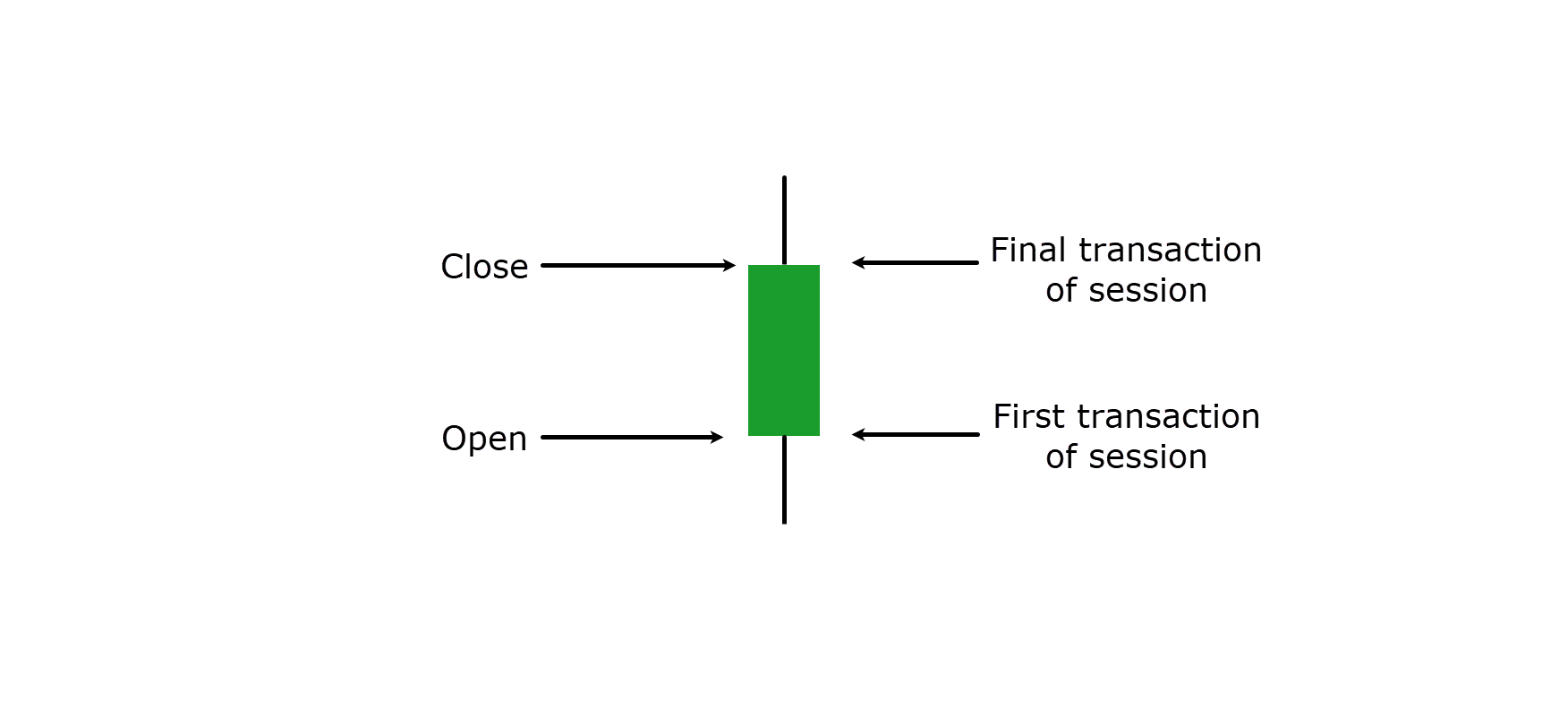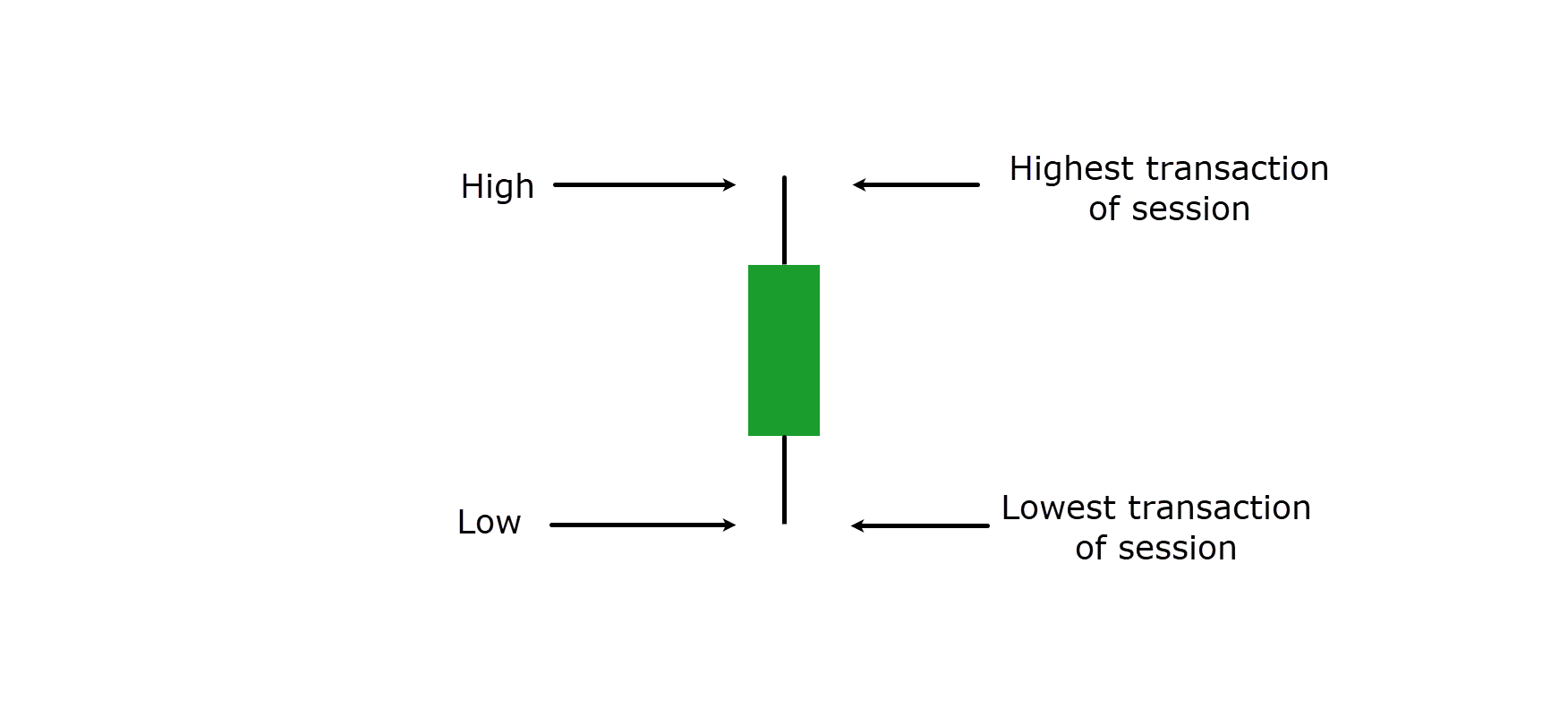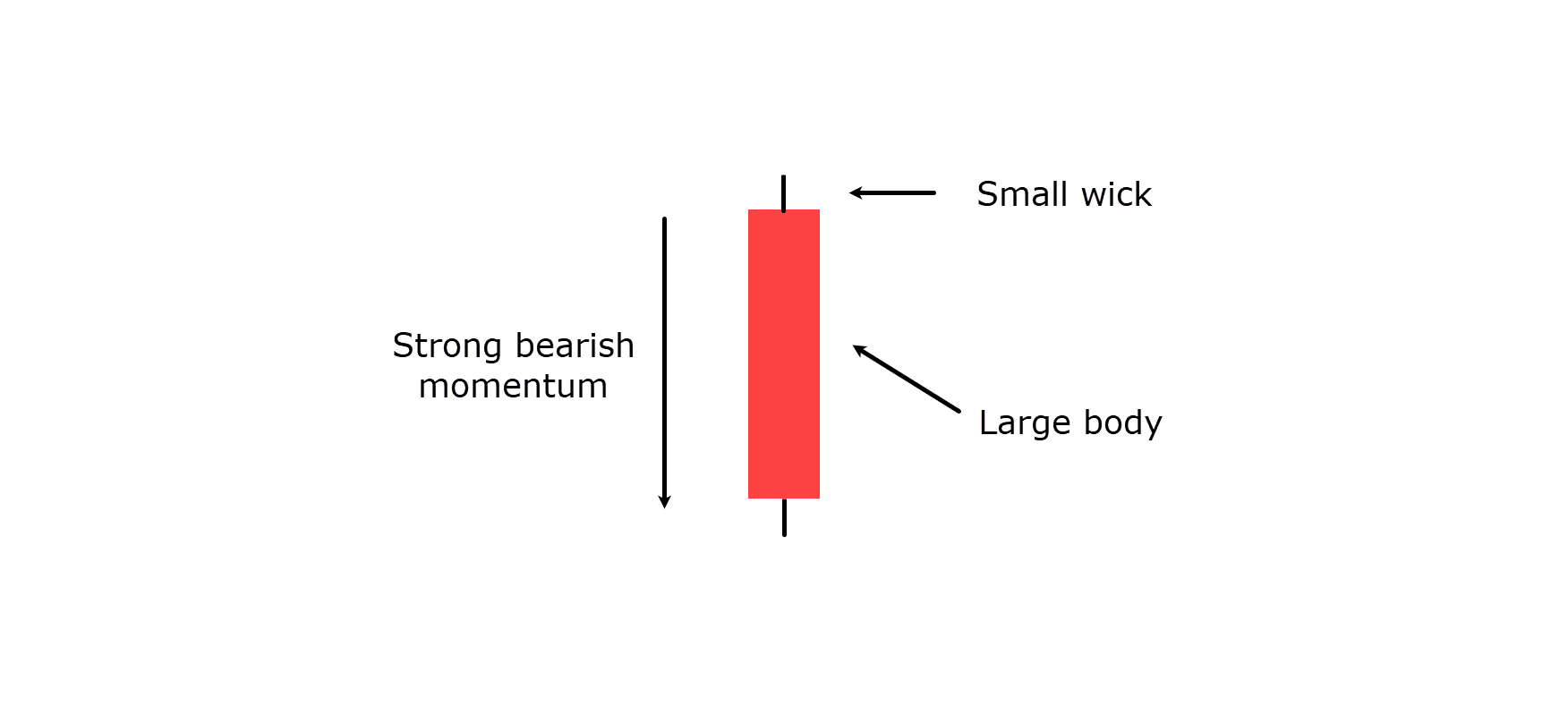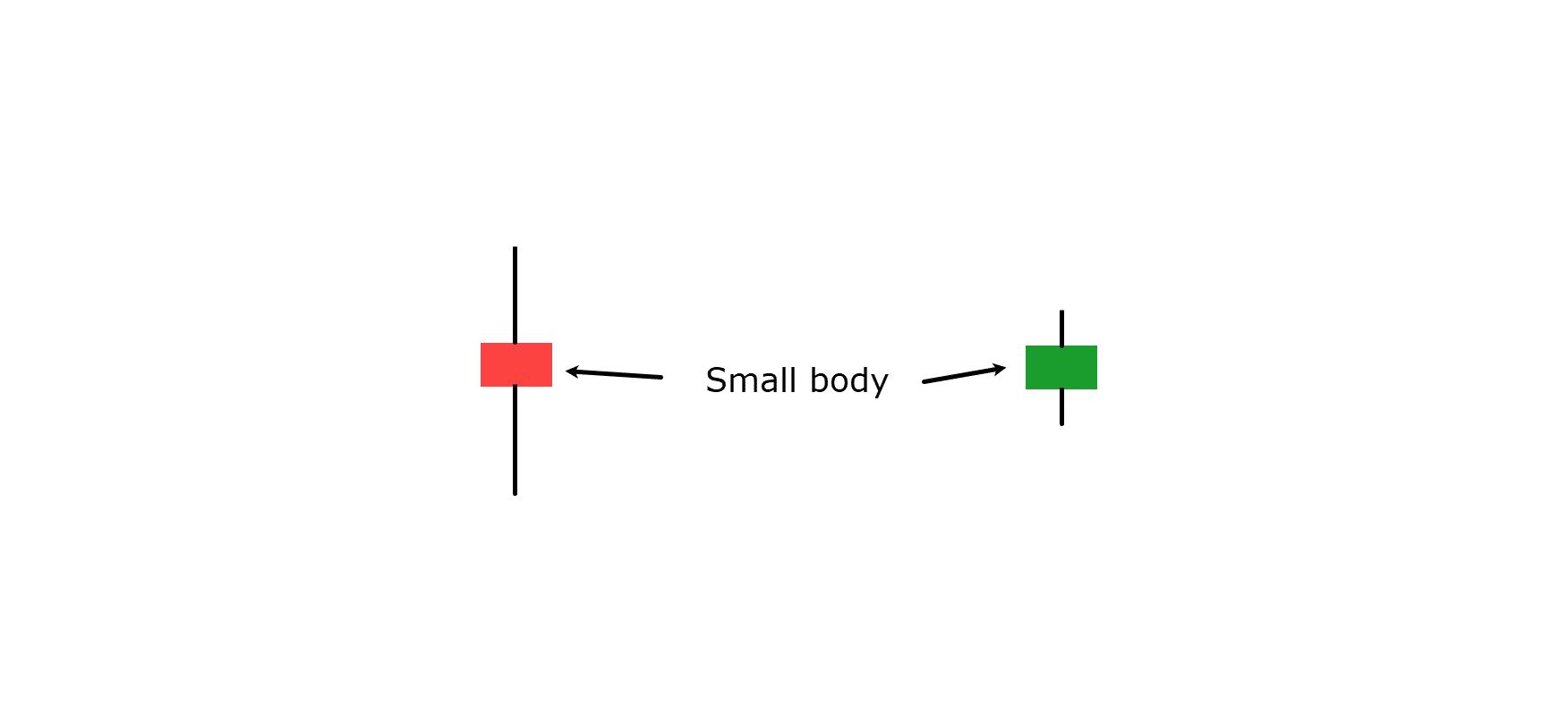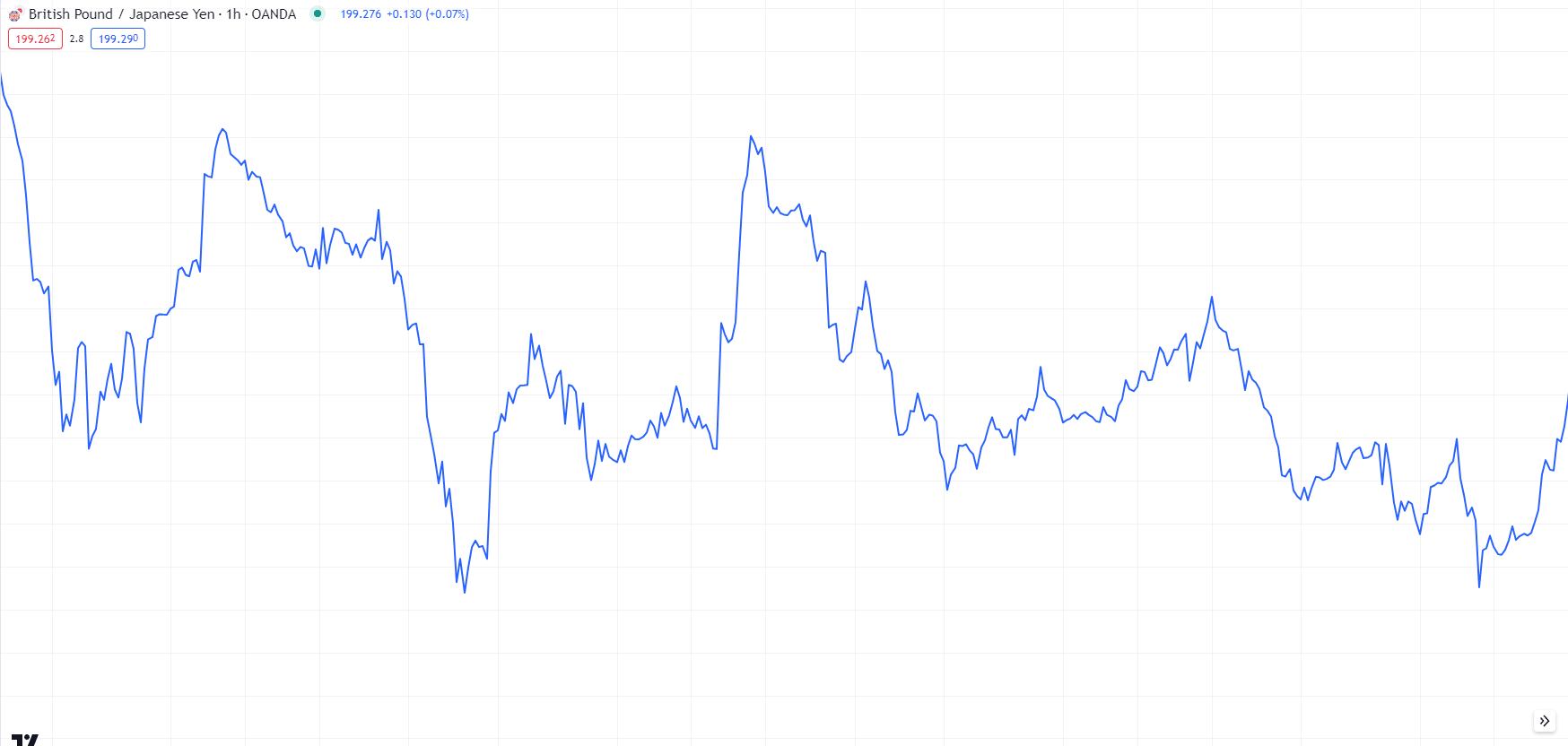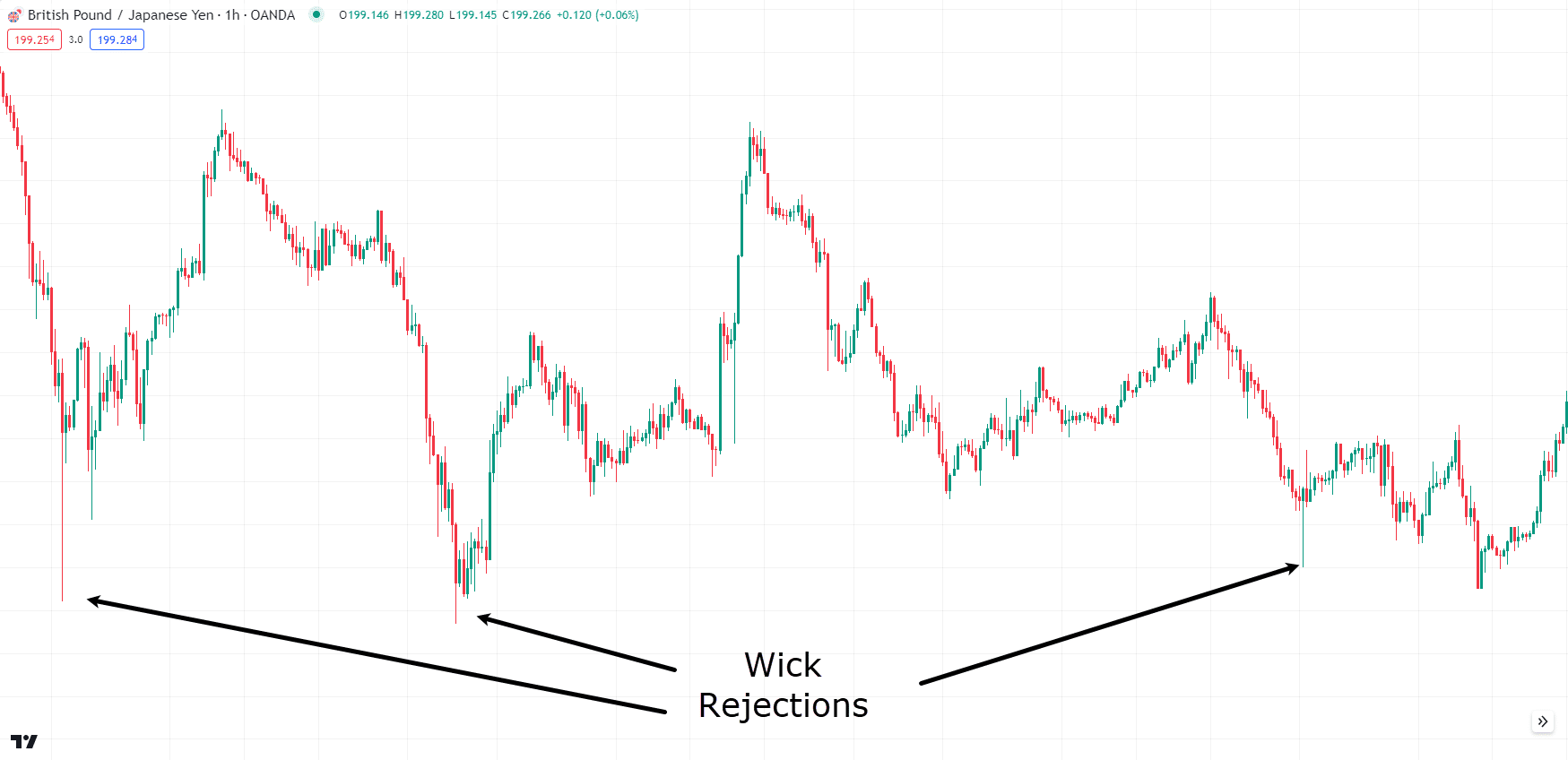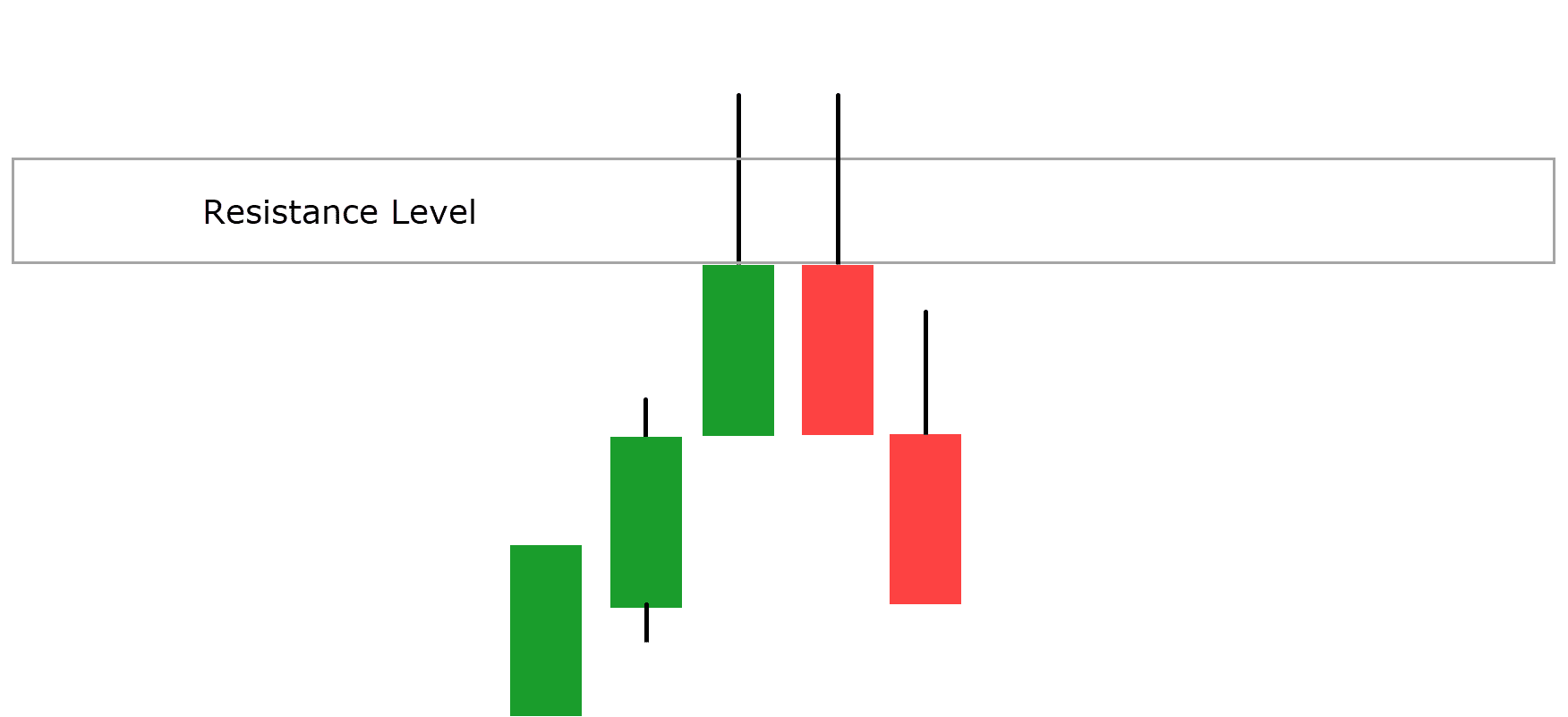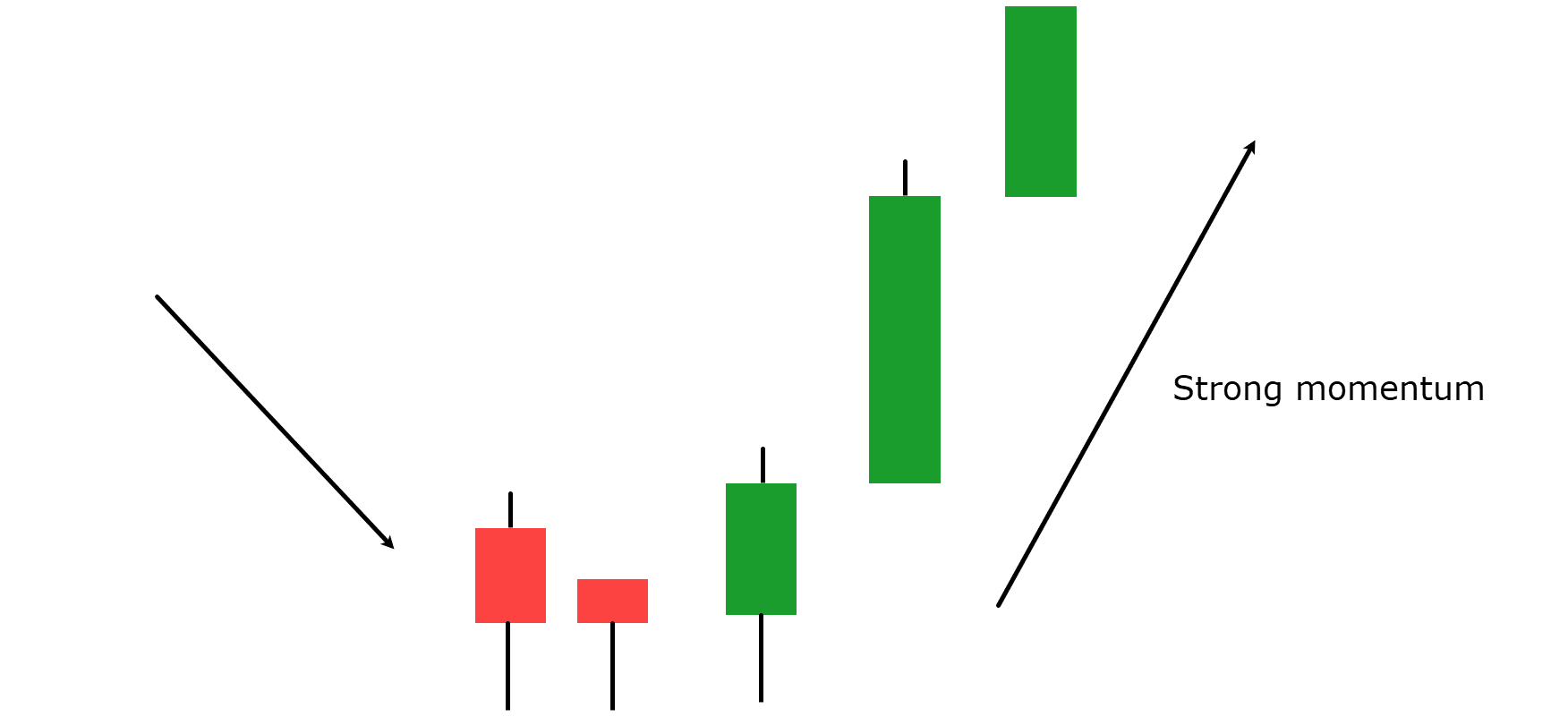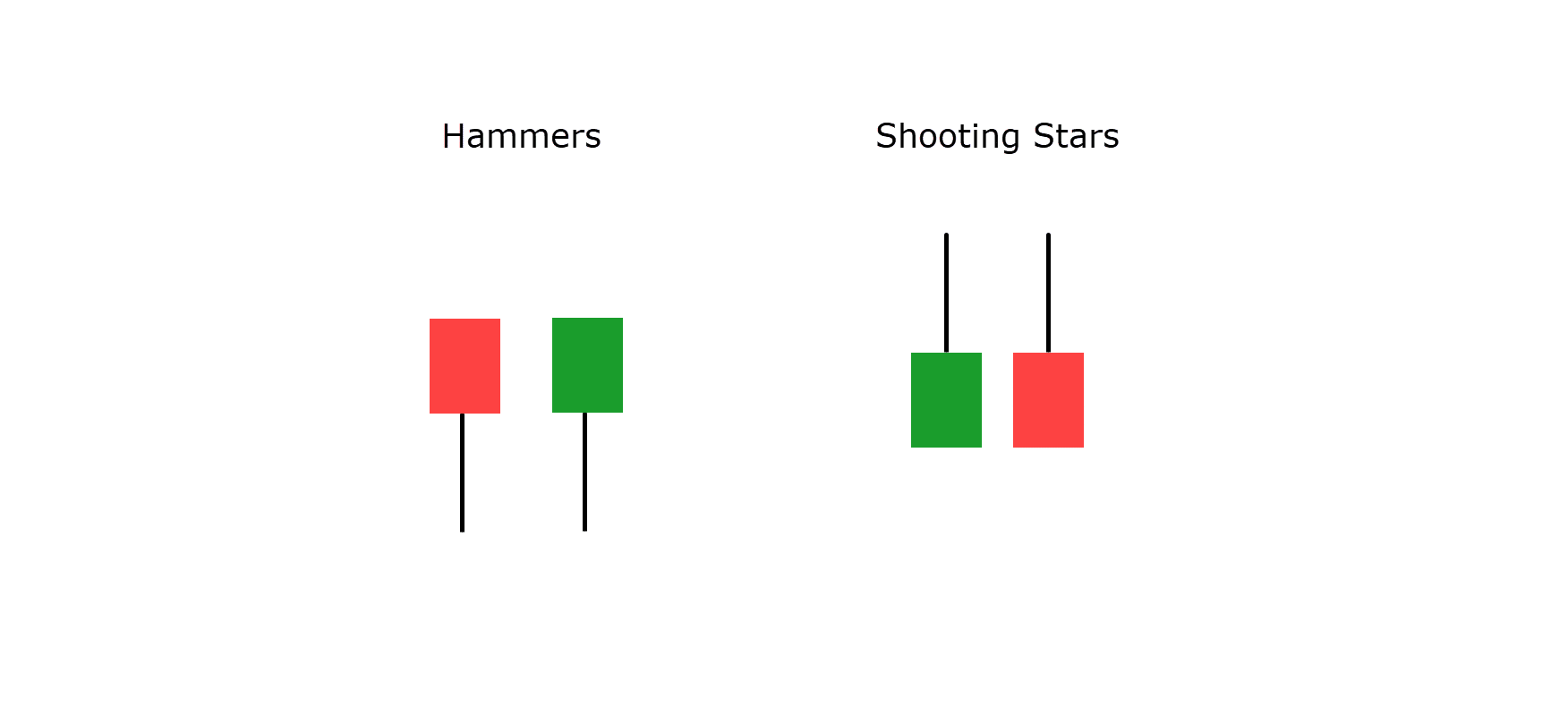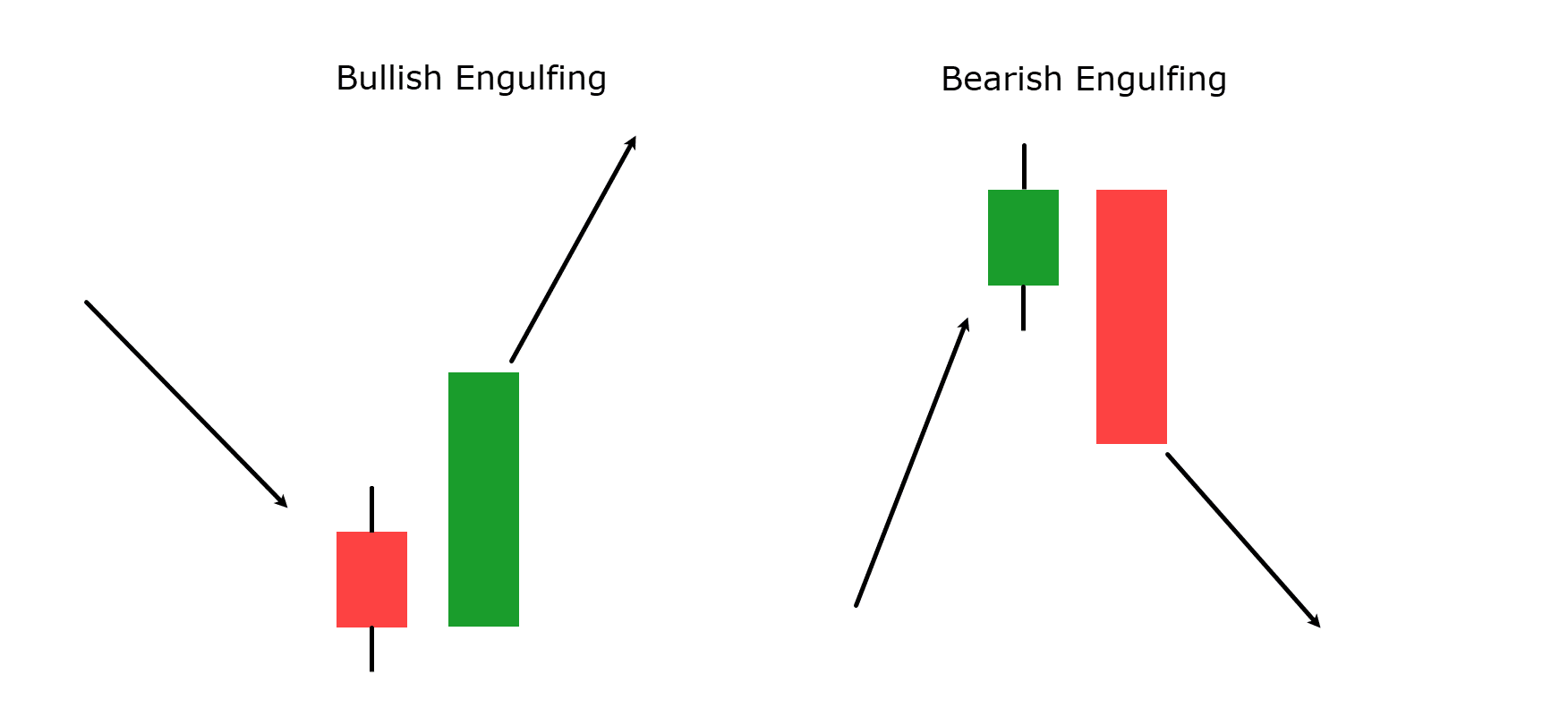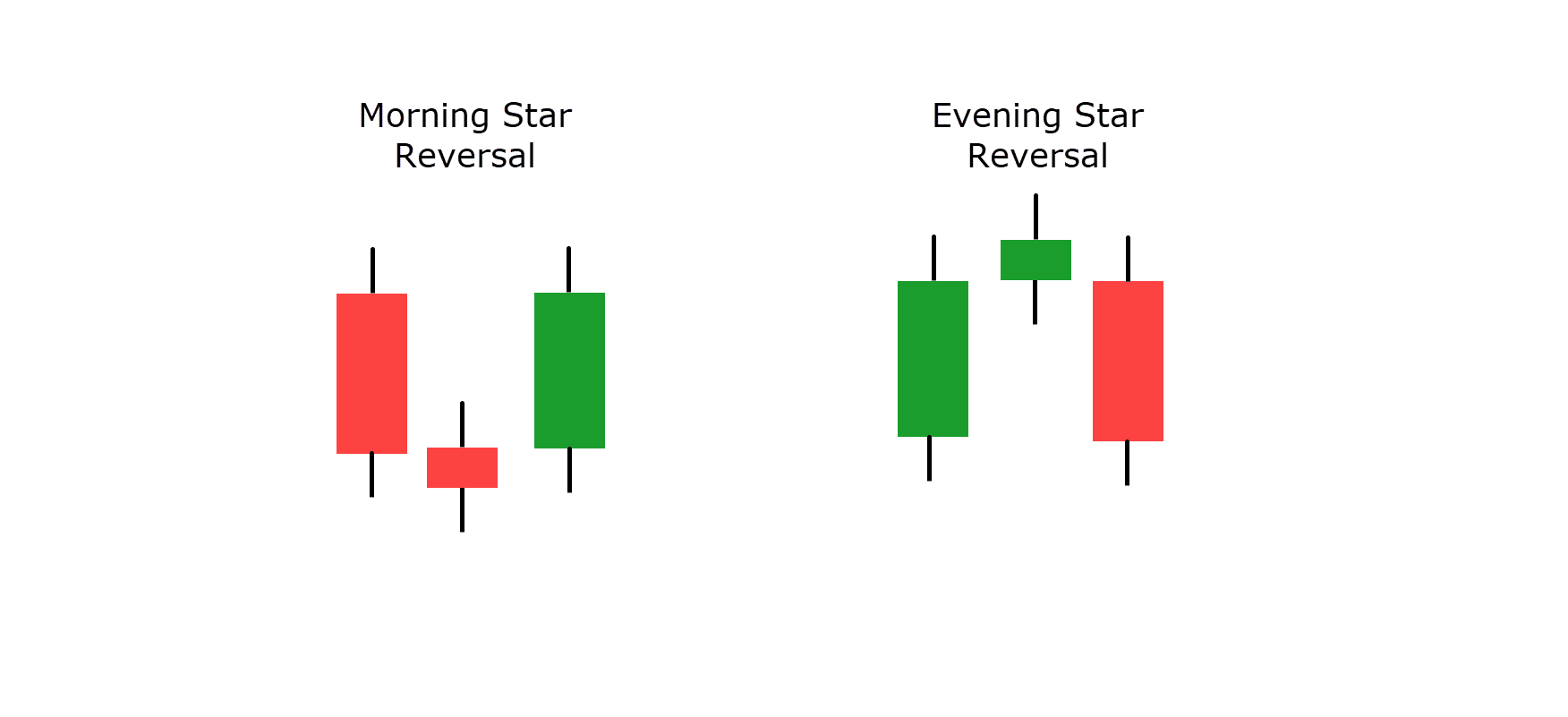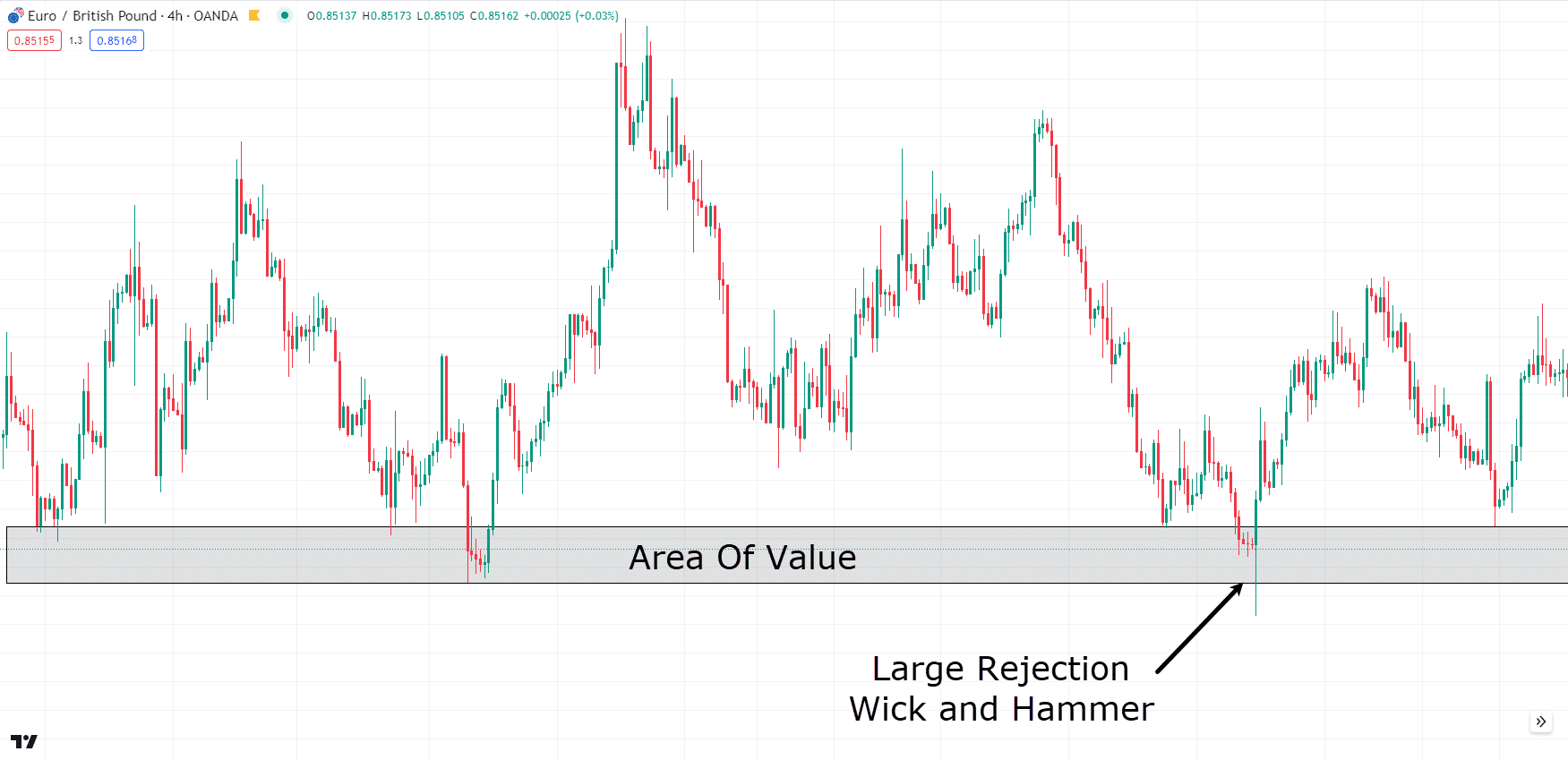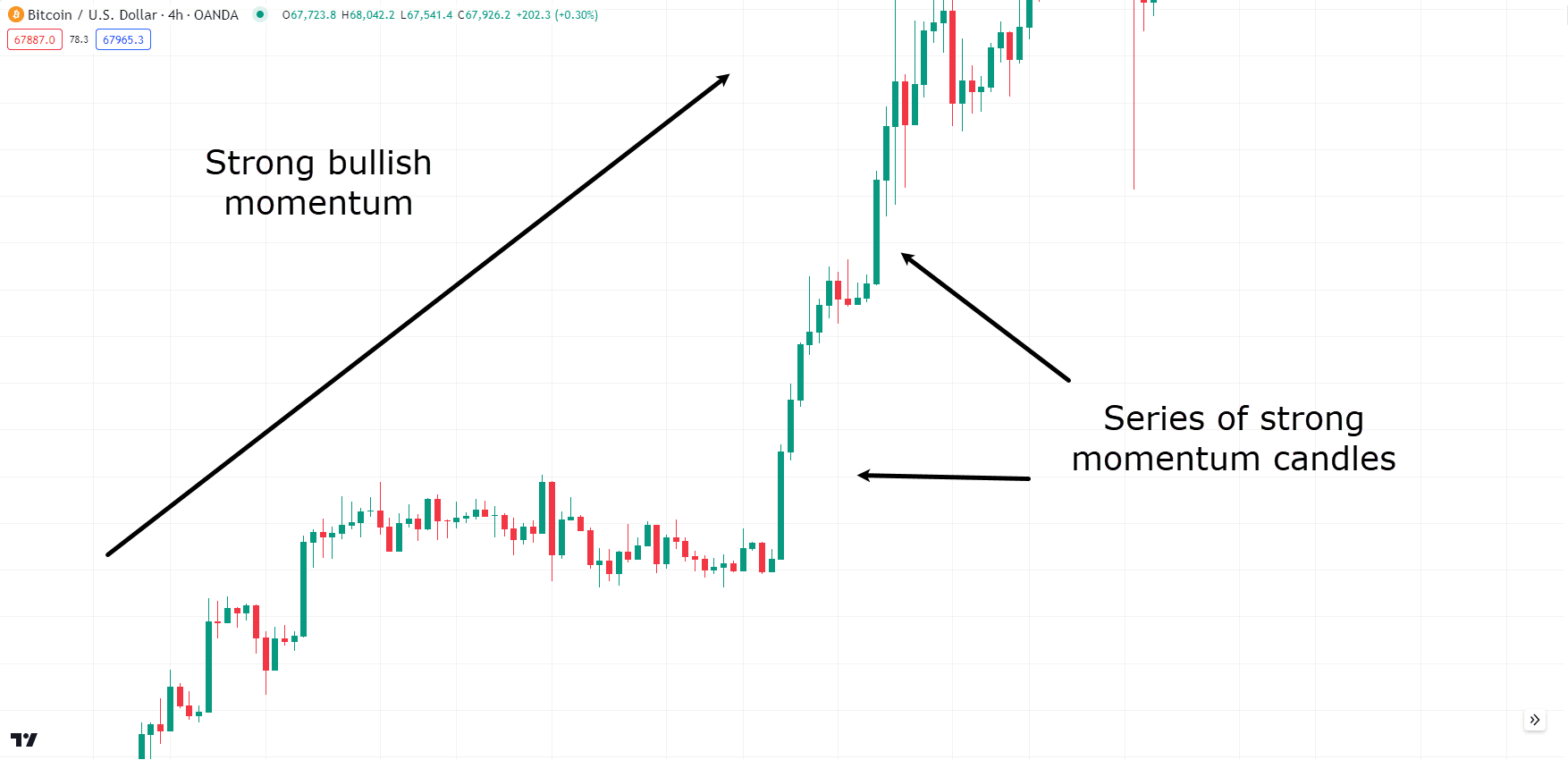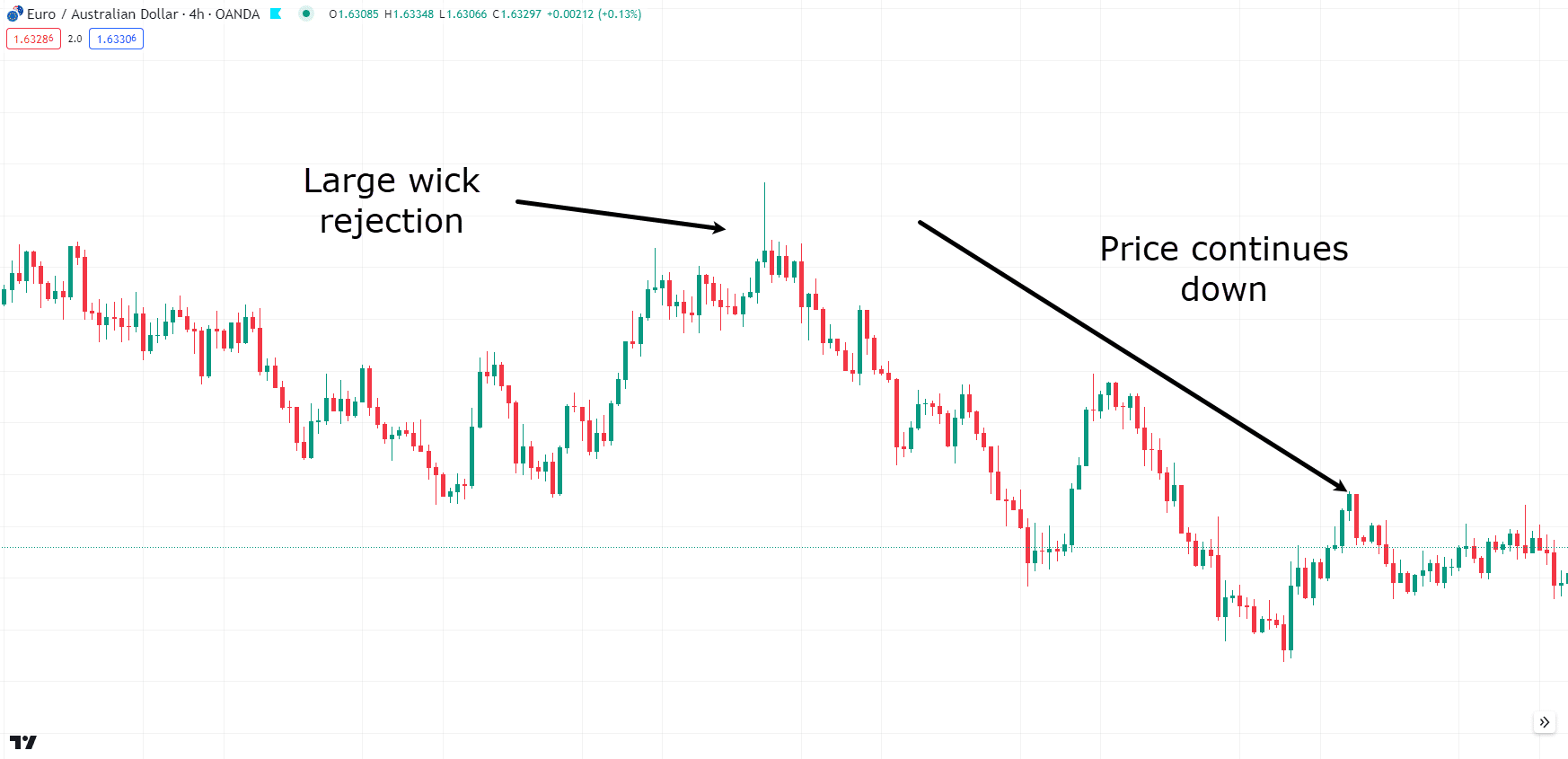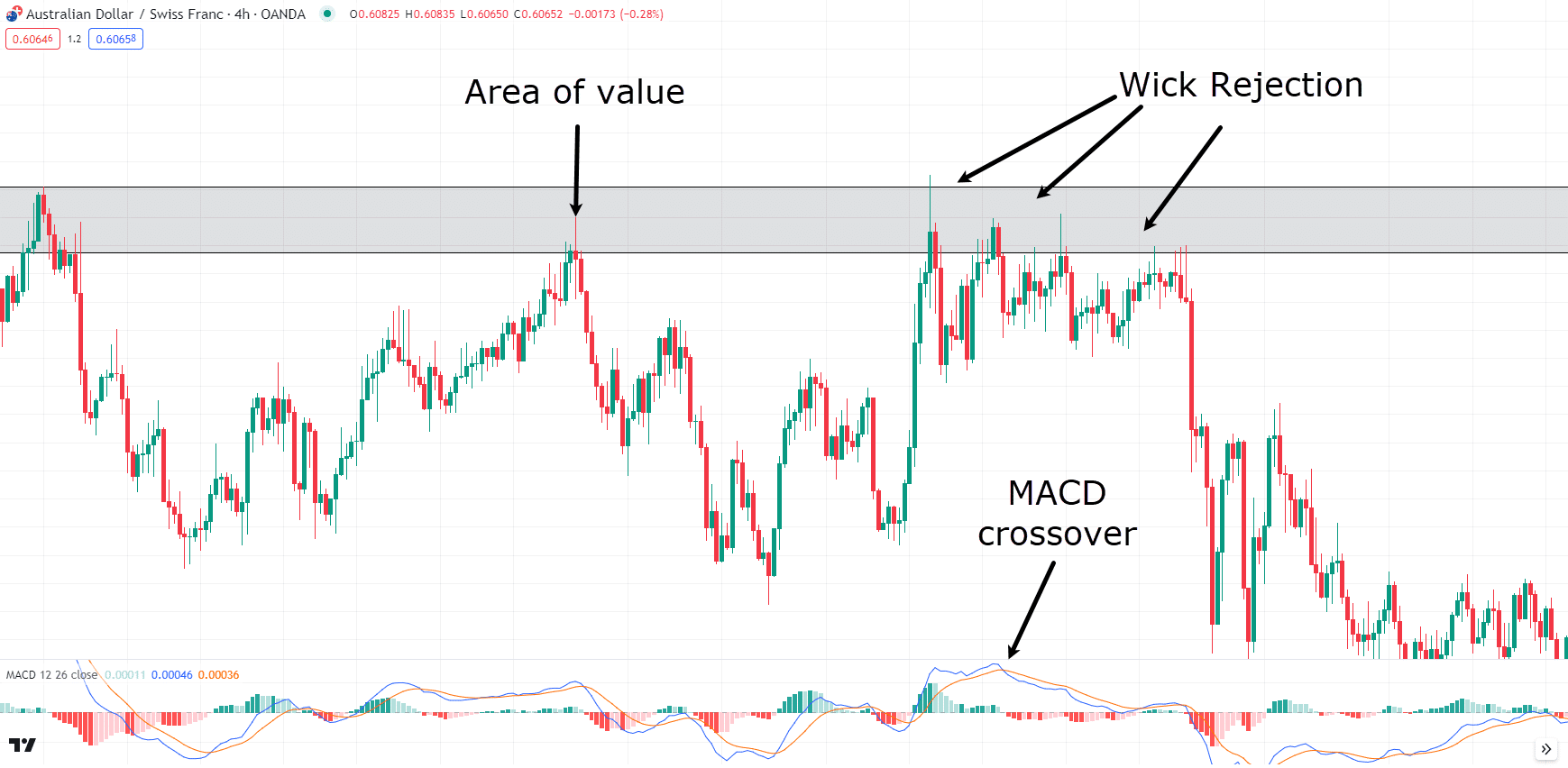Introduction
Wait, what? One other candlestick article?!
But after all!
Although they don’t have all of the answers on a regular basis, candlesticks are a vital source of data when coping with markets.
Truth be told, it’s not obvious at first glance what they’re attempting to say, right?
Well, it’s time to dig down into the small print and really get into what’s occurring…
That’s why I’ve written this text on understanding Candlesticks in Technical Evaluation!
In this text, you’ll cover:
- What exactly a candlestick is
- Why candlesticks are vital
- How momentum and indecision are reflected in candlesticks
- The importance of using candlesticks in the right context
- Suggestions and tricks for successful candlestick usage
- Common mistakes and limitations to look at out for
Are you ready?
Then let’s go!
What’s a Candlestick?
At its core, a candlestick is a kind of price chart utilized in technical evaluation that displays the high, low, open, and shut prices of an asset for a particular period.
Let’s take a have a look at a Candlestick and analyse it…
Anatomy of Candlestick:
Candlesticks are created with a body and wicks (or shadows).
The body represents the range between the open and shut prices…
The wicks show the very best and lowest prices reached in the course of the trading session…
By examining the form and color of the candlestick, traders can gauge market sentiment and potential future movements.
Body: Open and Closes
As touched on above, each candlestick has a body, formed by the open and shut prices of the trading session.
The length and position of the body throughout the candlestick provide crucial details about market momentum and investor sentiment…
Candlestick Body:
As you may see, the open price marks the primary transaction price initially of the trading session, while the close price is the ultimate transaction price at the tip of the session.
Depending on the chosen timeframe—be it 4 hours, 1 day, or 1 hour—each candlestick represents the value motion inside that specific period.
The colour of the body also plays a major role.
If that exact example was a every day candlestick, it will mean the value closed higher than it opened over that entire day.
It is because a green (or white) candlestick signals bullish sentiment and suggests buyers held control in the course of the session.
Conversely, a red (or black) candlestick shows that the close price is lower than the open price, signaling a bearish sentiment and suggesting that sellers dominated the session.
Wicks: High and Low
Along with the body, candlesticks feature wicks, which extend above and below the body…
Candlestick Wicks:
The upper wick shows the very best price reached in the course of the session, while the lower wick shows the bottom price.
It’s the wick that may provide precious insight into the value extremes and volatility throughout the session.
For now, understand that long wicks can suggest strong resistance or support levels, in addition to potential reversals, whereas short wicks indicate relatively stable trading throughout the session’s open and shut range.
Let’s have a look at how these bodies and wicks can mix…
Momentum Candlesticks
Momentum candlesticks are characterised by their long bodies and minimal wicks, indicating strong buying or selling pressure throughout the session…
Bearish Momentum Candle Example:
As shown within the diagram above, a protracted red candlestick suggests strong bearish momentum, with sellers pushing prices lower while facing little opposition.
Conversely, a protracted green candlestick would indicate strong bullish momentum, with buyers driving prices up decisively.
Recognizing these momentum candlesticks can enable you discover and ride market trends, so look out for them!
Indecision Candlesticks
Indecision candlesticks, resembling doji or spinning tops, are formed when the open and shut prices are very close or equal, leading to a small body and long wicks…
Indecision Candles:
These candlesticks represent a stalemate between buyers and sellers, with neither side in a position to gain a definitive advantage.
The looks of indecision candlesticks often precedes market reversals or periods of consolidation, signaling traders to exercise caution and wait for clearer signals before making decisions…
Why They Are Necessary
Candlesticks offer a universal view of market dynamics that other charting techniques can’t match.
A key importance lies in offering a quick evaluation of market data during trading sessions.
A Holistic Way of Viewing the Market
As each candlestick displays the open, high, low, and shut prices, they permit you to view the total range of market activity inside the desired timeframe.
These details will let you quickly assess market sentiment, discover trends, and make more informed trading decisions with a straightforward glance on the chart.
The Reason Candlesticks Exist
Candlesticks exist because they break down complex data into something much easier to know.
Unlike line charts, which only show closing prices over time, candlesticks reveal how buyers and sellers worked against one another.
This interaction is critical for understanding market psychology and predicting future movements!
Let’s take a have a look at two equivalent charts, one candlestick, and the opposite line…
GBPJPY 1-Hour Timeframe Line Chart:
See how this line chart does give us a general idea of where the value has been and where it may very well be going?
Nevertheless, you may struggle to see how these price swings occurred or why…
That’s because line charts can’t display information resembling price rejection; where prices test certain levels but fail to carry them.
Let’s have a look at the identical chart but with candlesticks…
GBPJPY 1-Hour Timeframe Candlestick Chart:
See how the value originally wicked lower than what the road chart represented?
That is crucial information that was unavailable in the road chart, as a result of the closing price being much higher.
It’s an excellent example of selling pressure being met with stronger buying pressure, and, because of your candlestick chart, you may see there’s a powerful likelihood of price bouncing again as support on this area in the long run!
This sort of detailed information is crucial for identifying potential reversal points and understanding market sentiment.
Limitations of Other Charting Techniques
Other charting techniques, resembling bar charts or point-and-figure charts, even have limitations in the way in which they present data.
While bar charts do show open, high, low, and shut prices, they don’t offer the identical level of clarity and intuitive insights provided by candlesticks.
Point-and-figure charts can concentrate on price movements and ignore time, but neglect things resembling the speed and duration of price changes.
Candlesticks provide the very best of all worlds in a simple representation.
Piecing Together the Market Story
OK, I do know I often talk concerning the story of the market!
You could ask, “What story? It’s simply some candles at certain prices on a chart, isn’t it?”
The rationale I get excited is because once you spend a number of time watching charts, you start to start out piecing together each chart’s own little story…
…all through piecing together multiple candlesticks.
When the candlesticks begin to act the identical way, it shows you a small indication of what is going on available in the market…
…similar to it’s talking to you!
Candlesticks show each how the session is progressing, in addition to the continuity and flow of market trends over time.
This makes it easier to identify patterns, resembling bullish or bearish engulfing patterns, doji formations, and morning or evening stars, that are vital for predicting future market directions.
By utilizing candlesticks, you may connect the dots between sessions, gaining a clearer understanding of overall market behavior – and the story that the market is telling you!
How Are Candlesticks Used?
I touched on why candlesticks are used but let’s delve deeper into how you may read the candlesticks’ story to offer you a bonus available in the market.
Rejection: Bulls or Bears Winning
One key aspect of candlestick evaluation is knowing rejection, which occurs when the value tests a certain level but fails to sustain it.
This is commonly visible through the candlestick wicks.
As an illustration, a protracted upper wick indicates that buyers pushed the value up in the course of the session, but sellers ultimately overpowered them, driving the value back down before the close…
Selling Pressure Diagram:
It suggests potential bearish sentiment or resistance at higher levels.
This works the identical at a support level where a protracted lower wick suggests sellers drove the value down, but buyers regained control, pushing the value back up.
Momentum: Clear Visibility in Candles
Candlesticks also make it easy to see momentum throughout the market.
A series of long green (bullish) candles with minimal wicks means strong upward momentum, suggesting buyers are on top of things…
Bullish Momentum Candles:
See how the green candles completely outweighed the red candles at the underside of the trend?
This visual representation of momentum helps traders discover and follow prevailing trends and predict market flow.
Patterns: Names and Meanings
Over time, traders have identified specific candlestick patterns that provide insights into potential future market movements.
They are sometimes a mix of the above rejection candles and momentum candles, and when used with other market analyses, they’ll change into a strong tool.
The pattern names often reflect what the candles appear to be, offering a fast and simple method to visualise and understand what the candlesticks try to represent.
Some patterns you’ll have heard of are Hammers and Shooting Stars – often used for detecting rejection available in the market at support and resistances…
Hammer and Shooting Star Examples:
There are also bearish and bullish engulfing patterns.
These often highlight the momentum in a certain direction that completely engulfs a number of of the previous candles, showing that momentum has drastically shifted…
Bullish and Bearish Engulfing Patterns:
Morning and Evening star reversal patterns are sometimes found at key turning points available in the market.
They’re a combination of rejection or indecision candles and infrequently followed by engulfing like candles that signal strong momentum in the brand new direction…
Morning and Evening Star Reversal Patterns:
Many other mixtures of candlesticks make up precious patterns, and I encourage searching for them out in your charts to assist understand the stories they’re telling you!
What Are Some Suggestions and Tricks to Successfully Use Candlesticks?
Candlesticks are a strong tool in technical evaluation, but their effectiveness is greatly enhanced when used with certain strategies and best practices.
Listed below are some suggestions and tricks to maximise the worth of candlesticks in your trading:
Key Areas of Value
Using candlestick patterns with key areas of value—resembling support and resistance levels, trendlines, and moving averages—is significant to success.
Key areas of value are significant price levels where the market has historically shown strong reactions, either reversing direction or accelerating momentum…
EUR/GBP Hammer Candlestick At Area Of Value:
For instance, identifying a bullish candlestick pattern like a hammer at a significant support level can provide a stronger signal for a possible reversal.
Similarly, spotting a bearish engulfing pattern at a resistance level might indicate an upcoming downward move.
By specializing in these areas, you may improve the accuracy and reliability of your candlestick evaluation.
Group of Candlesticks Together
Analyzing a bunch of candlesticks together, slightly than in isolation, can provide a deeper insight into market sentiment and strengthen your technical evaluation.
As an illustration, a series of bullish candlesticks forming higher highs and better lows inside an uptrend can confirm ongoing bullish momentum…
BTC/USD Strong Bullish Momentum:
When candlesticks act in a really similar way, or there are a series of candlesticks all showing the identical kind of rejection or momentum, it could possibly be an excellent early indicator that price might either react to a level or proceed with its strong momentum.
Wick Rejection
Wick rejection is a typical but significant phenomenon, especially in key areas of value.
Wick rejection occurs when the value moves to a certain level but then retreats, leaving a protracted wick and a shorter body on the candlestick.
It indicates that purchasing or selling pressure has are available at that level, causing a reversal.
For instance, a protracted upper wick on a candlestick that forms at a resistance level suggests that despite an attempt by buyers to push the value higher, sellers have taken control, driving the value back down…
EUR/AUD Wick Rejection:
This is usually a signal to sell or avoid buying.
By paying close attention to wick rejections, especially together with other technical signals and key areas of value, you may gain insights into potential reversals and continuations available in the market.
Remember, the longer the wick, the larger the rejection!
Integrating Candlestick Evaluation with Overall Strategy
This implies not relying solely on candlestick patterns but using them as one piece of the puzzle in your trading strategy.
Combining candlestick insights with trend evaluation, volume data, and other technical indicators forms a well-rounded view of market conditions.
Things like using candlestick evaluation with other technical indicators resembling RSI (Relative Strength Index), MACD (Moving Average Convergence Divergence), or Bollinger Bands can offer extra confirmation and reduce the danger of false signals…
AUD/CHF Example Multiple Technical Indicators:
This universal approach can enable you make more informed trading decisions.
Importantly, it is best to also practice patience and discipline.
Wait for clear candlestick patterns to form at key areas of value, and use them together with other signals to substantiate your evaluation.
Avoid making hasty decisions based on single candlesticks or ambiguous patterns, as these can often result in false signals.
What Are Some Common Mistakes and Limitations of Candlesticks?
While candlesticks are a precious tool in technical evaluation, they will not be without their limitations.
Using Them within the Mistaken Areas of the Chart
One of the crucial common mistakes I see is using candlestick patterns within the unsuitable areas of the chart.
Candlestick patterns are simplest after they appear at key areas of value, resembling support and resistance levels, trendlines, or significant moving averages.
For instance, there’s no point in attempting to make sense of a hammer in the course of a variety and taking motion based on it.
Price is commonly drawn to key areas of value, and although a candle is perhaps bullish or bearish for that session, it doesn’t all the time mean there will probably be follow-through!
Not Taking within the Overall Context of the Market
One other mistake is failing to contemplate the general context of the market.
Candlesticks provide precious details about price motion inside a particular timeframe, but they on no account offer an entire picture just on their very own.
Ignoring the larger market context, resembling the prevailing trend, market sentiment, and fundamental aspects, can result in misguided decisions.
It’s vital to contemplate the upper timeframes when analyzing candlesticks and ask yourself whether this pattern on the lower timeframe really has much weight – all while considering the much larger context of the market!
(candlesticks on higher timeframes have way more weight and meaning than those on a lower timeframe.)
Remember to contemplate any news events occurring and use that to higher understand why certain candlesticks can have more volume or momentum before considering whether or not it’s a worthwhile entry trigger!
Subjectivity
Interpreting candlestick patterns may be pretty subjective.
Different traders may even see different patterns and even interpret the identical pattern in their very own ways, resulting in inconsistency in evaluation and decision-making.
It’s vital to analyse the assets you trade and begin to return up together with your own meaning and understanding of the range of candlestick patterns.
Ask yourself what rejection looks like, or how big an engulfing pattern needs to be for you to contemplate it a worthwhile pattern.
It’s often a person conclusion with no right or unsuitable answer.
Conclusion
In conclusion, candlesticks are a precious tool for predicting market movements and may function an excellent indicator for trades.
When utilized in the right context of the market and with other technical evaluation tools, candlesticks can offer you an edge in anticipating market outcomes.
To summarize, in this text, you’ve:
- Learned what a candlestick is
- Discussed the importance of candlesticks in technical evaluation
- Explored the right way to analyze candlesticks and the stories they tell
- Reviewed common candlestick patterns and their meanings
- Identified suggestions and tricks for successful candlestick usage
- Highlighted common mistakes and limitations of using candlesticks
Congratulations on uncovering one other essential tool for successful trading!
By utilizing candlesticks to enrich your other technical evaluation, you’re well in your method to becoming a more informed and effective trader.
Now – I’m desperate to hear your thoughts on candlestick evaluation…
Do you currently use candlestick patterns in your trading?
Are you able to see why they’re a critical component of technical evaluation?
How much success have you ever had with them?
Share your thoughts and experiences within the comments below!
